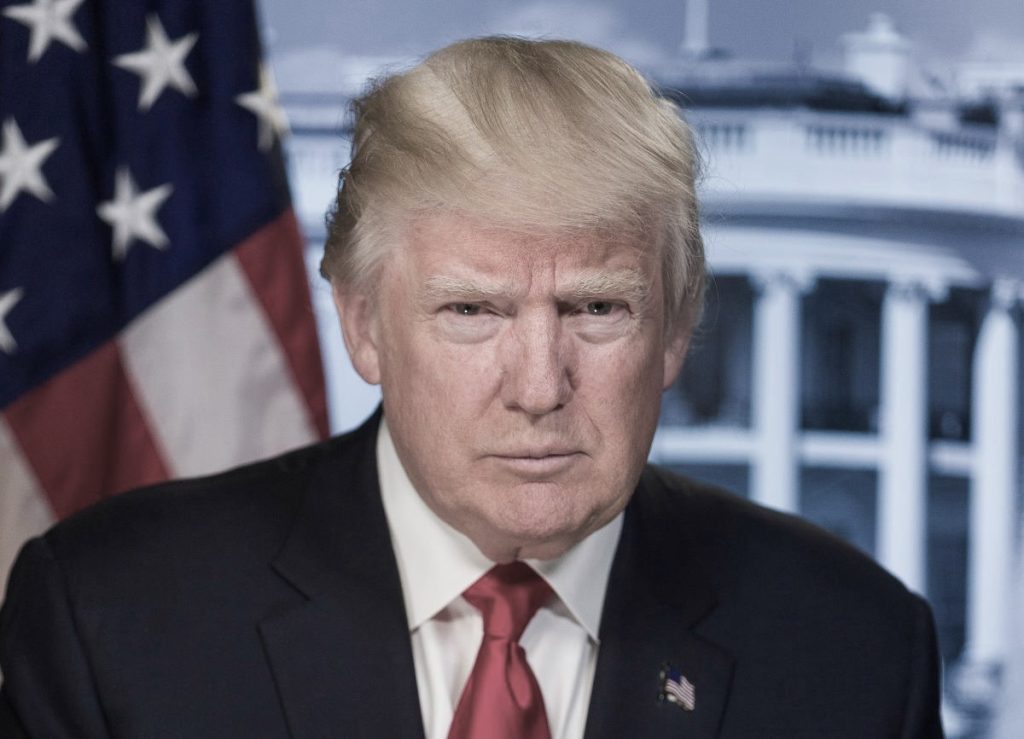As Donald J. Trump prepares to re-enter the White House, his aggressive tariff proposals signal major shifts in global trade dynamics, affecting industries from retail to automotive, with significant emphasis on reshoring and nearshoring strategies.
With the election victory secured, former President Donald J. Trump is set to instate sweeping changes across global trade and supply chain management. Foremost among his priorities are substantial increases in tariffs on imported goods—a move that could redefine trade relationships and supply chain strategies worldwide.
New Tariff Threats and Strategic Shifts
Trump’s administration plans to implement a range of tariffs, with general imports facing 10% to 20% rates and goods from China attracting tariffs as high as 60% to 100%. This approach marks a significant escalation from previous tariff levels and could drastically alter cost structures and sourcing strategies for U.S. businesses. Industries with complex logistics operations, such as automotive and chemicals, may find themselves particularly challenged by these changes, prompting a reassessment of their global supply chain setups. In response, many companies are exploring increased manufacturing within the U.S. or in closer neighboring countries like Mexico, a trend that accelerates the reshoring and nearshoring initiatives.
Industry Reactions and Long-term Projections
Various sectors are already responding to the impending tariff changes. Retailers, previously adjusted to lower corporate tax rates, are strategizing on ways to mitigate the higher import costs through changes in supply chain efficiency and technological investments. Similarly, the trucking industry, represented by the American Trucking Associations, anticipates further growth and enhancements in supply chain operations supported by stable tax policies and national infrastructure investments. Meanwhile, supply chain risk management firms predict that these policy shifts will necessitate a significant realignment of global supply networks, with increased emphasis on regional trade agreements and local sourcing to buffer against heightened tariffs.
As Trump’s trade policies take shape, supply chain directors must navigate a rapidly evolving landscape. Strategic planning will be crucial in adapting to increased costs and shifting trade dynamics. Leveraging technology and enhancing operational efficiency will be key to maintaining competitiveness in this new economic environment. Supply chain leaders will need to remain agile, reassessing and possibly restructuring their global operations to align with the changing political and economic landscape.








